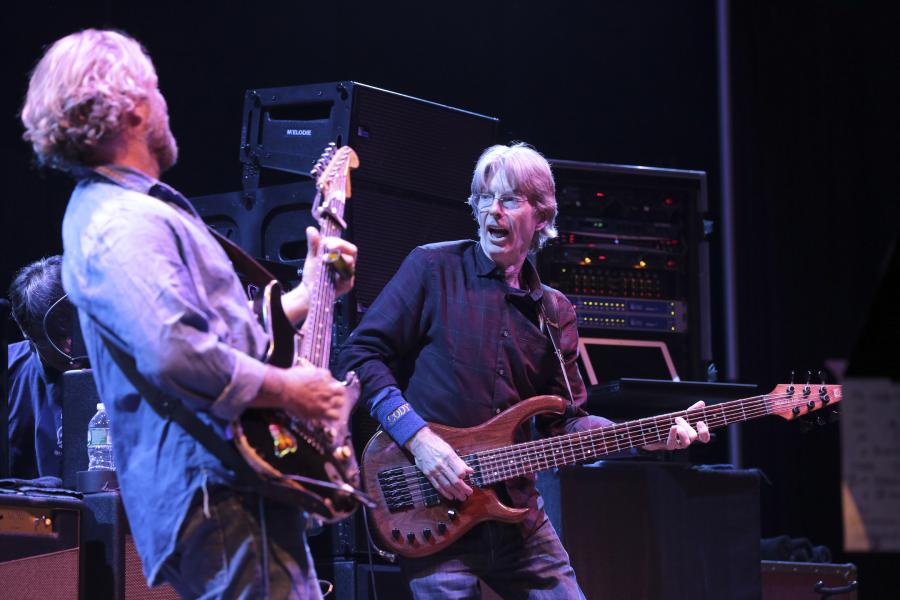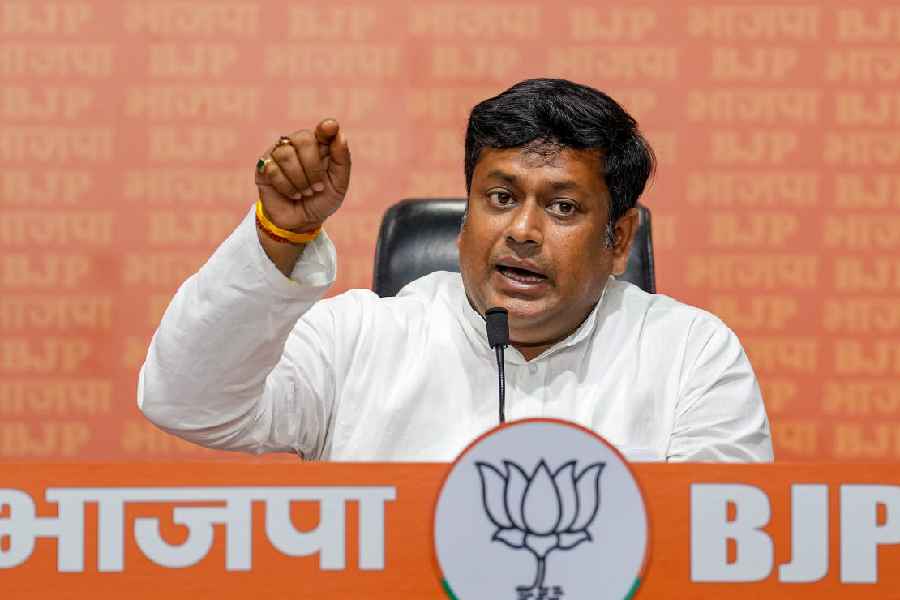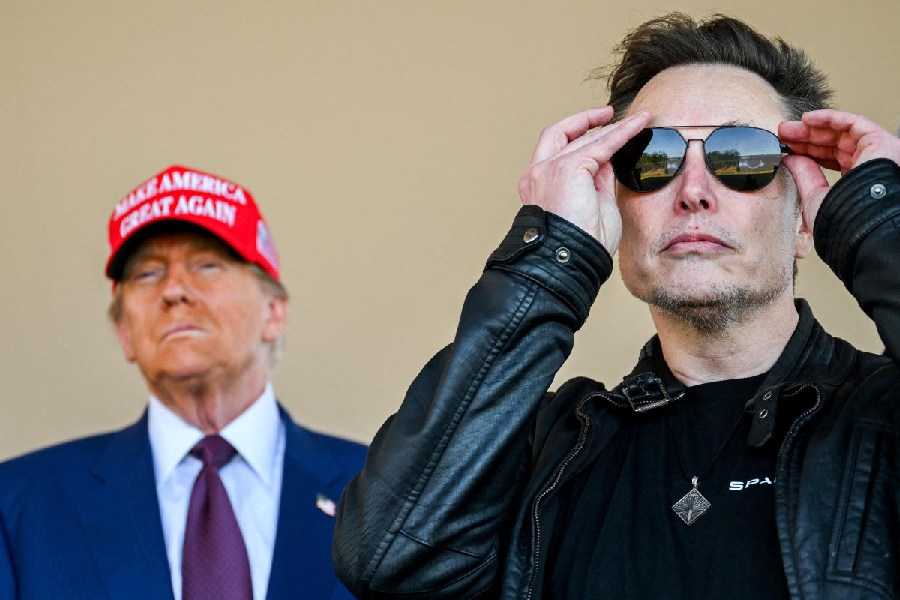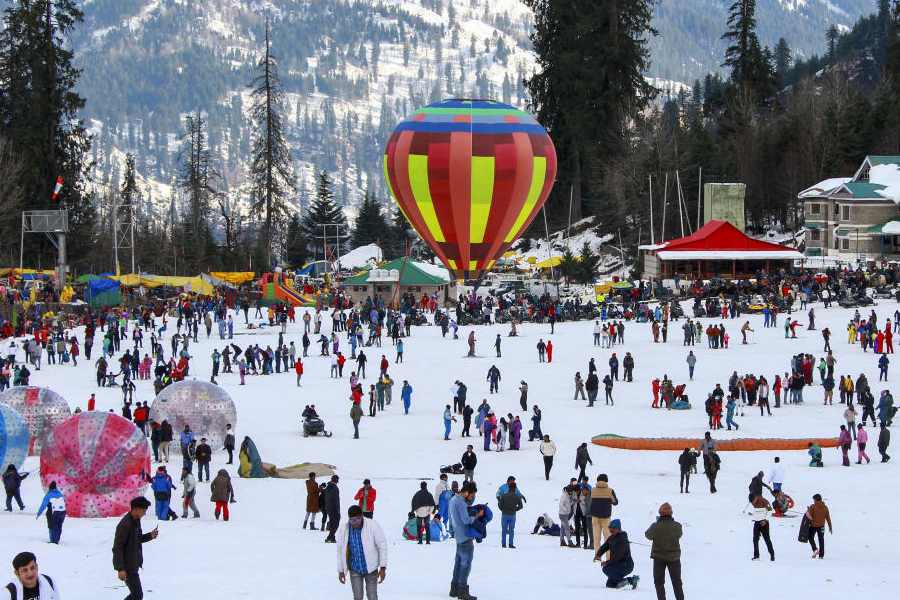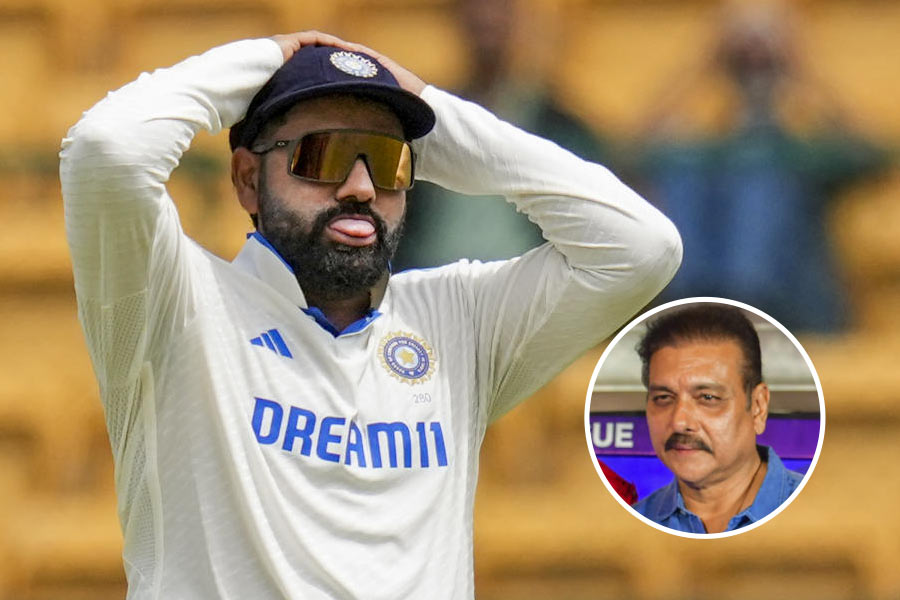Phil Lesh, whose expansive approach to the bass as a charter member of the Grateful Dead made him one of the first performers on that instrument in a rock band to play a lead role rather than a supporting one, died Friday. He was 84.
His death was announced on his Instagram account. No further information was provided.
In addition to providing explorative bass work, Lesh sang high harmonies for the band and provided the occasional lead vocal. He also co-wrote some of the band’s most noteworthy songs, including ones that inspired adventurous jams, including “St. Stephen” and “Dark Star,” as well as more conventional pieces, like “Cumberland Blues,” “Truckin’” and “Box of Rain.”
Key to the dynamic of the Dead was the way Lesh used the bass to provide ever-shifting counterpoints to the dancing lines of lead guitarist Jerry Garcia, the curt riffs of rhythm guitarist Bob Weir, the bold rhythms of drummers Mickey Hart and Bill Kreutzmann, and, in the band’s first eight years, the warm organ work of Ron McKernan, known as Pigpen.
A source of particular excitement was the relationship between Lesh’s instrument and Garcia’s. At times they mirrored each other. At other times they contrasted, in the process widening the music’s melodic nuances while helping to create the kind of variety and tension that allowed the band to improvise at length without losing the listener.
Lesh’s bass work could be thundering or tender, focused or abstract. On the Grateful Dead’s studio albums, his lines held so much melody that one could listen to a song for his playing alone. At the same time, he shared his bandmates’ love for unusual chord structures and uncommon time signatures. In constructing his bass parts, he drew from many sources, including free jazz, classical music and the avant-garde.
He had formal training in those last two areas, having played both classical violin and trumpet, composed music for orchestras and studied with avant-garde composer Luciano Berio, all before taking up the bass and joining the Dead. His work with the band held such value for a significant portion of its massive following that, at concerts, devotees would position themselves in the “Phil Zone,” an area named for “the proximity to Lesh’s position onstage,” according to the 1994 Grateful Dead guidebook “Skeleton Key: A Dictionary for Deadheads.”
Lesh played with the Dead for the band’s entire 30-year history, which formally ended in 1995 after Garcia’s death. In 1994, he and the band were inducted into the Rock & Roll Hall of Fame. After the Dead disbanded, Lesh played in offshoot bands the Other Ones, the Dead and Furthur, as well as with his own assemblage, Phil Lesh and Friends. He retired from regular road work in 2014.
Phillip Chapman Lesh was born March 15, 1940, in Berkeley, California, the only child of Frank and Barbra (Chapman) Lesh. His father was an amateur piano player who encouraged him to take up an instrument when he was 8; his first instrument was the violin.
“I was awakened to the power of music early in life through the magic of radio broadcasts and by listening to my father play, from memory, his favorite tunes on the piano,” Lesh wrote in his 2005 autobiography, “Searching for the Sound: My Life With the Grateful Dead.” Music, he added, “saved me by giving me a real sense of accomplishment.”
While attending El Cerrito High School in the East Bay, Lesh switched to trumpet and became a member of the school’s marching band. He later transferred to Berkeley High School, which had a more sophisticated music education program. He studied with Bob Hansen, conductor of the symphonic Golden Gate Park Band for whom Lesh played first trumpet when he was 15.
He enrolled in San Francisco State College (now University) but dropped out after one semester after being rejected by that school’s orchestra. He was accepted into the Sixth Army Band, stationed in the city, but lost the gig after being deemed unfit for military service. He had equally brief stints at the College of San Mateo and the University of California, Berkeley, before abandoning a long-term commitment to higher education to take a single graduate-level course with Berio at Mills College in 1962.
During this period, he also worked in a post office and, on a volunteer basis, as a recording engineer. While attending shows at local nightclubs, he met Garcia, who at the time was a bluegrass banjo player.
“Jerry’s delivery was both spine-tingling and bloodcurdling,” Lesh recalled in his autobiography. “That was my first intimation that music with that kind of directness and simplicity could deliver an aesthetic and emotional payoff comparable to that of the greatest operatic or symphonic works.”
Lesh casually mentioned to Garcia that he was interested in playing bass. It surprised him when Garcia invited him to learn the instrument so he could play it in the band he was forming in 1964, then named the Warlocks. Lesh went along, he told Soundwaves magazine in 2005, because “it never really mattered to me very much what instrument I was playing, so long as I could make some music.”
In fact, his lack of experience allowed him to rethink the role of the bass in rock music, drawing inspiration from the harmonics found in works he loved by Johann Sebastian Bach and jazz bassist Charles Mingus. For role models in rock, he studied the aggressive approaches of Jack Bruce in Cream and Jack Casady in another San Francisco group, Jefferson Airplane. In his autobiography, Lesh described the sound he and the Dead devised as not rock, jazz or blues, but “some kind of genre-busting rainbow polka-dot hybrid mutation.”
That sound first came into focus on the band’s second album, “Anthem of the Sun,” released in 1968, for which Lesh received co-writing credit on almost every track. When the band streamlined its sprawling sound to become more song-oriented on early-1970s albums like “Workingman’s Dead” and “American Beauty,” Lesh found a new melodicism in his playing.
For “American Beauty,” he composed the exquisite melody for “Box of Rain,” with lyrics, provided by Robert Hunter, that expressed Lesh’s feelings about his father’s imminent death from prostate cancer.
Lesh also took a rare lead vocal on the track. But his lack of training as a singer eventually did damage to his vocal cords, causing him to stop harmonizing with the band from 1976-85. After that, point he resumed singing, but at a much lower pitch.
In the wake of the band’s dissolution, Lesh formed the Other Ones along with other key members of the Dead in 1998. The next year, the band released its first and only album, “The Strange Remain,” a live set, dominated by new interpretations of old Dead songs.
The Other Ones broke up in 2002, but the next year Lesh and some of its other members formed a band known simply as the Dead. The new assemblage toured for one year, vanished, then returned for another yearlong stint in 2008, after which Lesh and Weir formed Furthur, which lasted until 2014. He played for the final time with other surviving members of his original band in 2015, at a series of concerts held at Soldier Field in Chicago billed as the “Fare Thee Well” shows.
From 1999 to 2006, Lesh released three albums credited to Phil Lesh and Friends. In 2012, he opened a live venue in San Rafael, California, Terrapin Crossroads.
Lesh faced a series of health challenges over the past two decades. In 1988, he underwent a liver transplant after contracting hepatitis C, brought on by years of alcohol abuse. He was successfully treated for prostate cancer in 2006 and bladder cancer in 2015. Four years after that, he had back surgery.
Lesh is survived by his wife, Jill; their two sons, Grahame and Brian, who had played with him in the Terrapin Family Band; and a grandson.
In his autobiography, Lesh compared the Grateful Dead’s music to life itself. Both, he said, were “a series of recurring themes, transpositions, repetitions, unexpected developments, all converging to define form that is not necessarily apparent until its ending has come and gone.”
New York Times News Service

